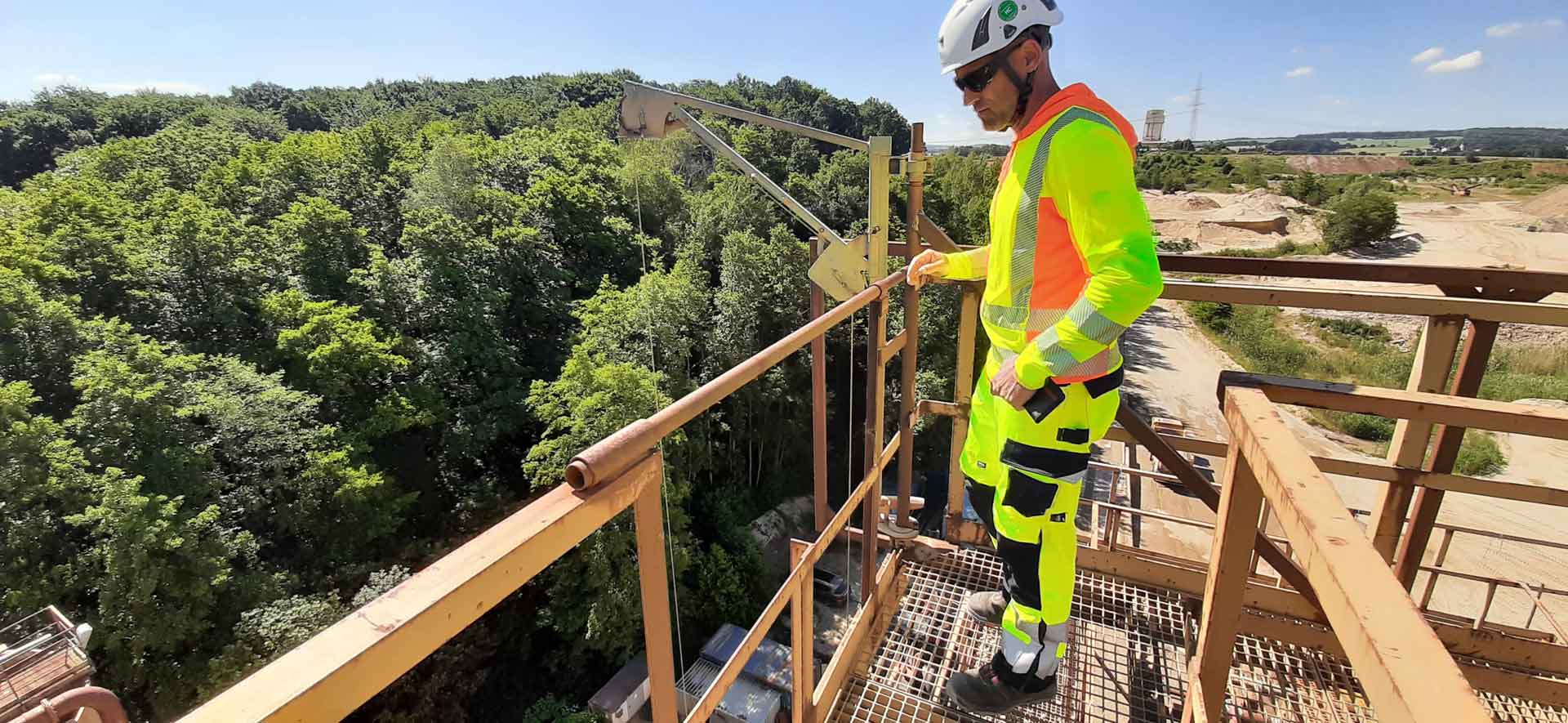Safety first – in the forest and at the cement plant
The climbing harness and helmet fit perfectly. Sturdy boots are laced up tight and safety lines are ready to go. Perhaps you’re thinking this sounds like a climbing expedition? But the same precautions can also be found at a Heidelberg Materials plant – because occupational safety and mountain rescue have a lot in common.
When the mountain rescue team based at Weiden/Flossenbürg in the northern foothills of Bavaria are on the move, it usually means something bad has happened. They might be called out in search of a missing person, or perhaps a skydiver has landed in a tree. But no matter what the reason, their strategy is already clear before jumping into action: when things get serious, each individual step has to be performed flawlessly.
Their precision is honed during three years of training complemented by regular real-world exercises and hours of upskilling work – at least 30 hours per year. There is a standard procedure for each deployment. And if the situation on the ground turns out to be different than anticipated, then the plan can be adapted. As a mountain rescuer, you must draw on past experience and think on your feet.
What does all this have to do with plant safety?
At any of our production sites, occupational safety can also potentially involve a rescue at height. Personal protective equipment (PPE) is of central importance – starting with the right type of shoes or boots, right up to a well-fitting helmet and safety goggles. In general, the equipment is intended to prevent mishaps, whether during a rescue operation or during daily work. But, just as in the case of mountain rescue, a plan of action is in place if something unexpected does happen.
Of course, this represents only a small part of overall occupational safety, which also includes, e.g. infection control measures – more important than ever in the era of Covid-19. Ensuring a safe and healthy workplace encompasses a spectrum from personal hygiene to appropriate shift schedules. The mountain rescue team has also adjusted to the new normal by setting up fixed operational teams in order to keep the risk of infection as low as possible.
Occupational safety: Focus on prevention
The biggest difference between these two worlds: mountain rescuers are called on in the event of a crisis. But the primary focus of occupational safety is on prevention, so that, ideally, no crisis has to be managed in the first place.
This starts with the training of employees and ends with the aforementioned crisis plans, which are tailored specifically to each location – because every plant has its own characteristic needs. This is why regular checks are carried out at the sites to ensure that all measures, right down to the railings and handrails, are in place to ensure safe working conditions. For example, when it comes to the anchor points for PPE against falls from a height, remember: “If it could hold up your car, it will hold you too.”
Beyond accident prevention, the crisis plans also include topics that at first glance might not seem obviously associated with occupational safety, like measures to thwart computer hackers who want to disrupt plant operations. Fortunately for the mountain rescuers, that is not a danger found in the forest – at least not yet!

Mountain guard meeting.
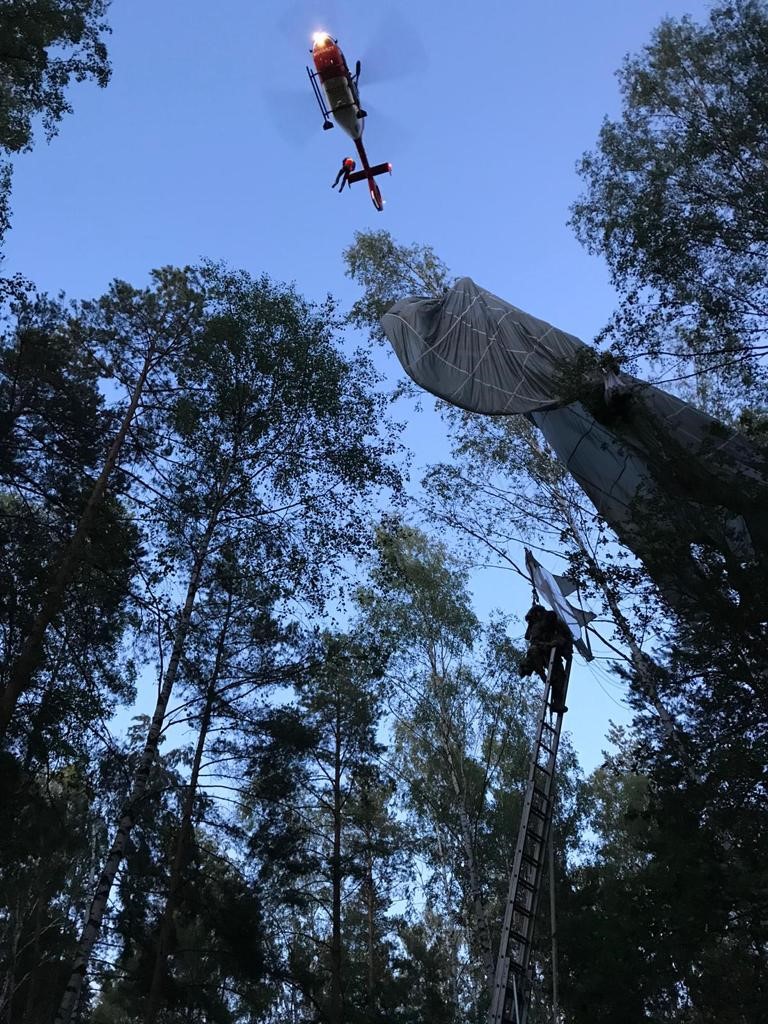
Mountain guard parachute rescue.
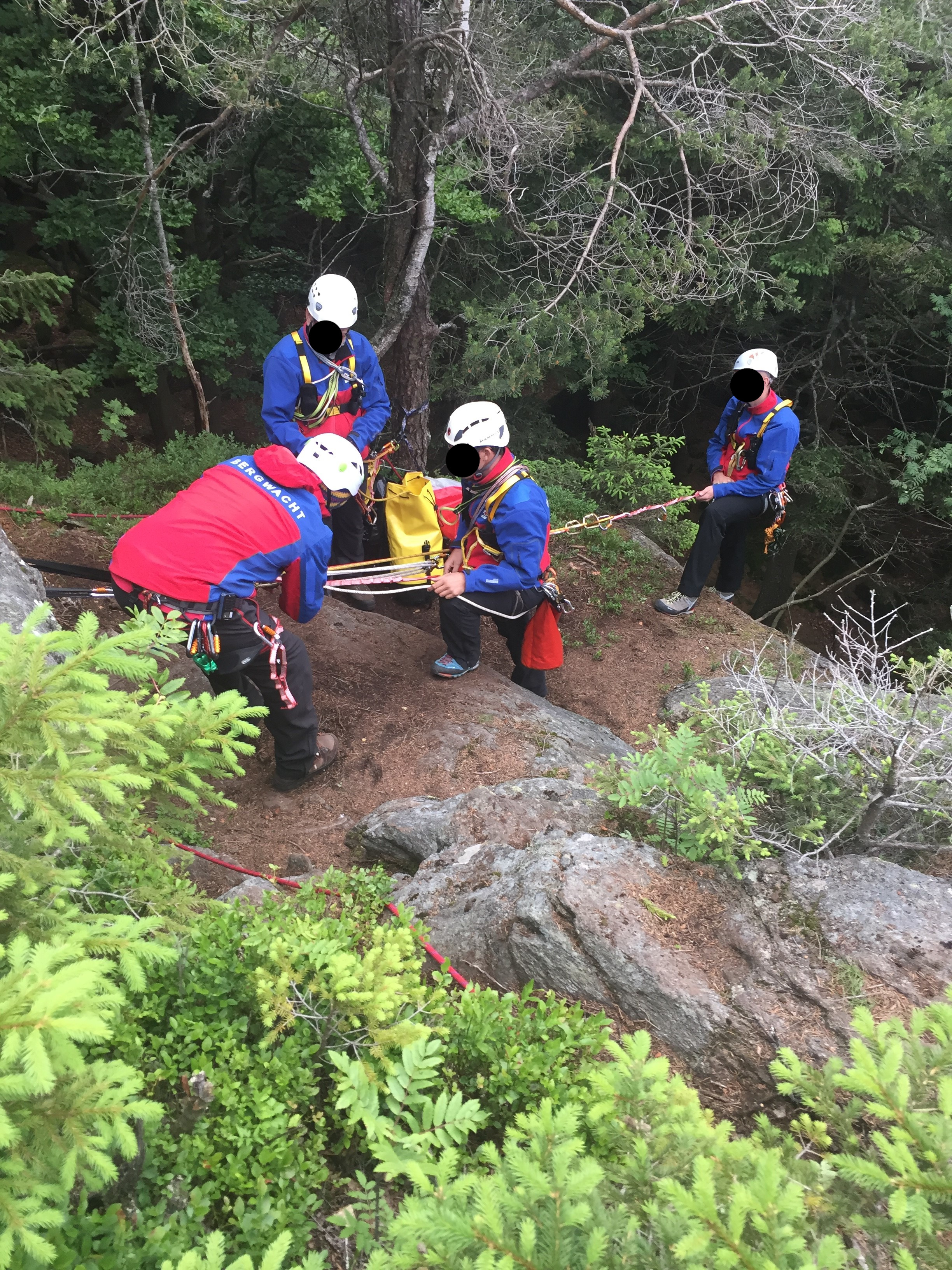
Height rescue.
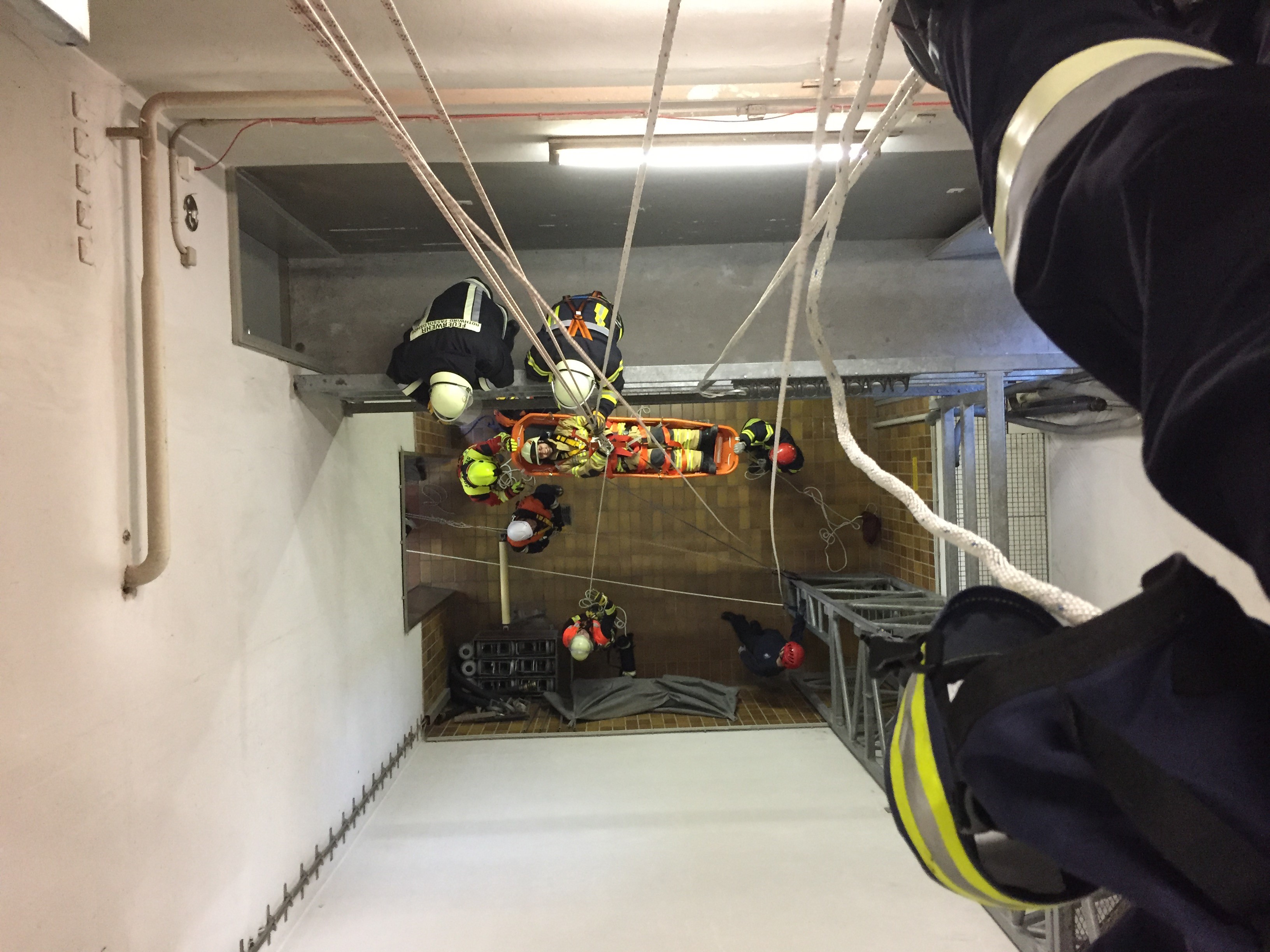
Fire drill height rescue (not at Heidelberg Materials).
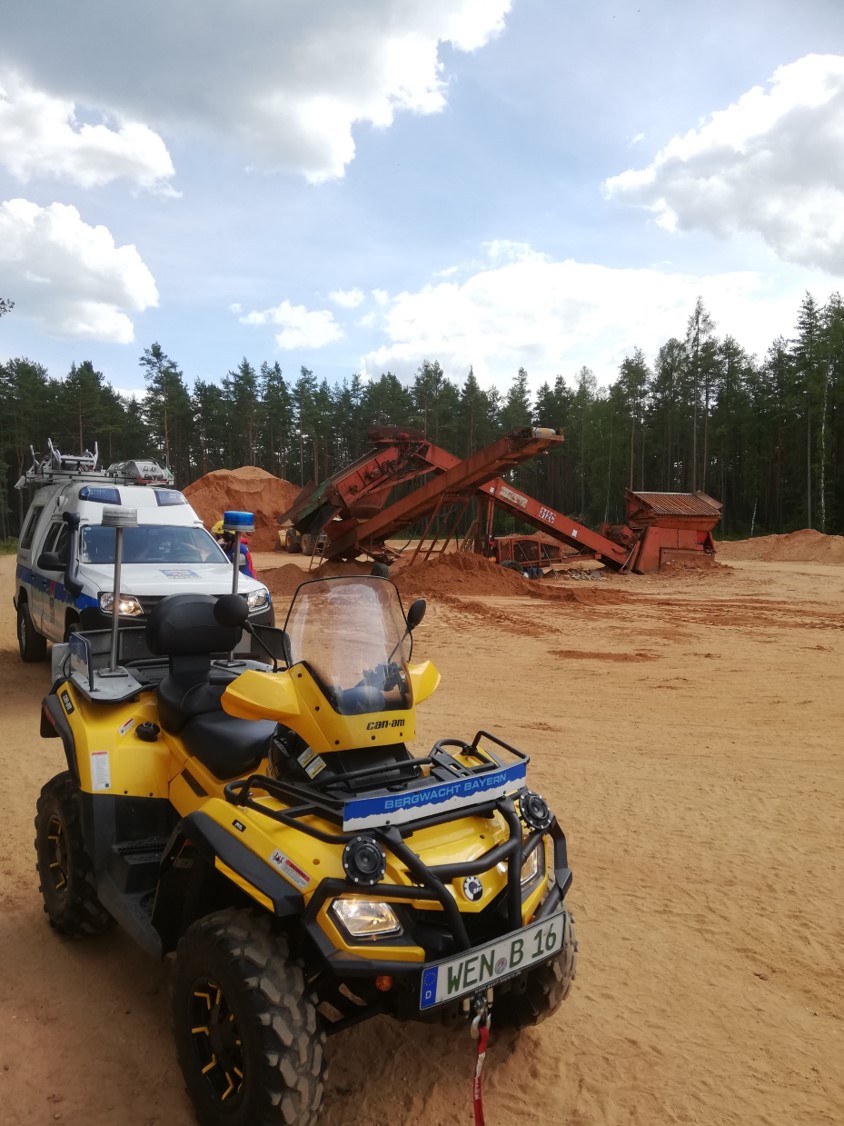
Search operation at gravel plant (not at Heidelberg Materials).

Mountain guard meeting.

Mountain guard parachute rescue.

Height rescue.

Fire drill height rescue (not at Heidelberg Materials).

Search operation at gravel plant (not at Heidelberg Materials).

